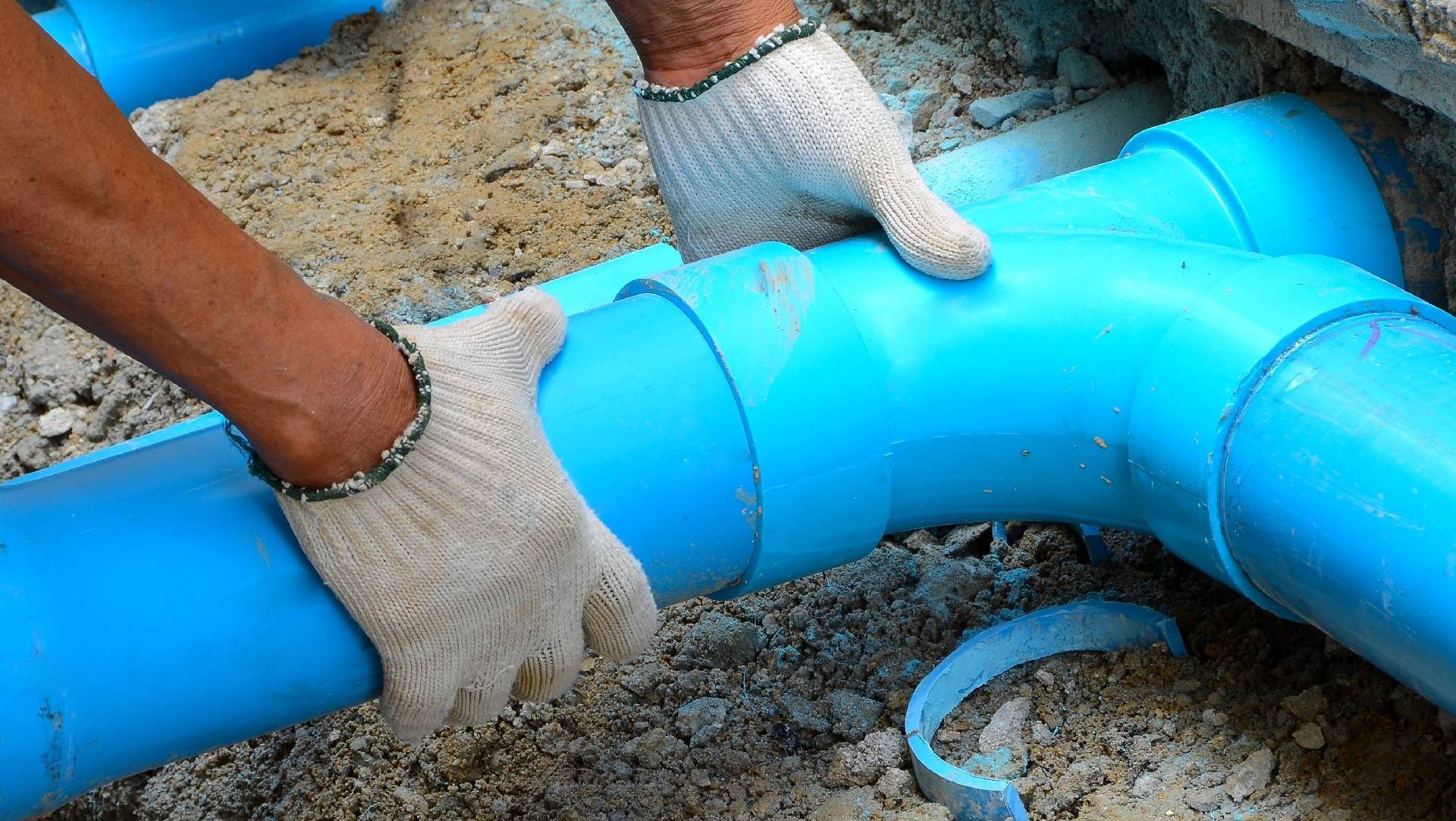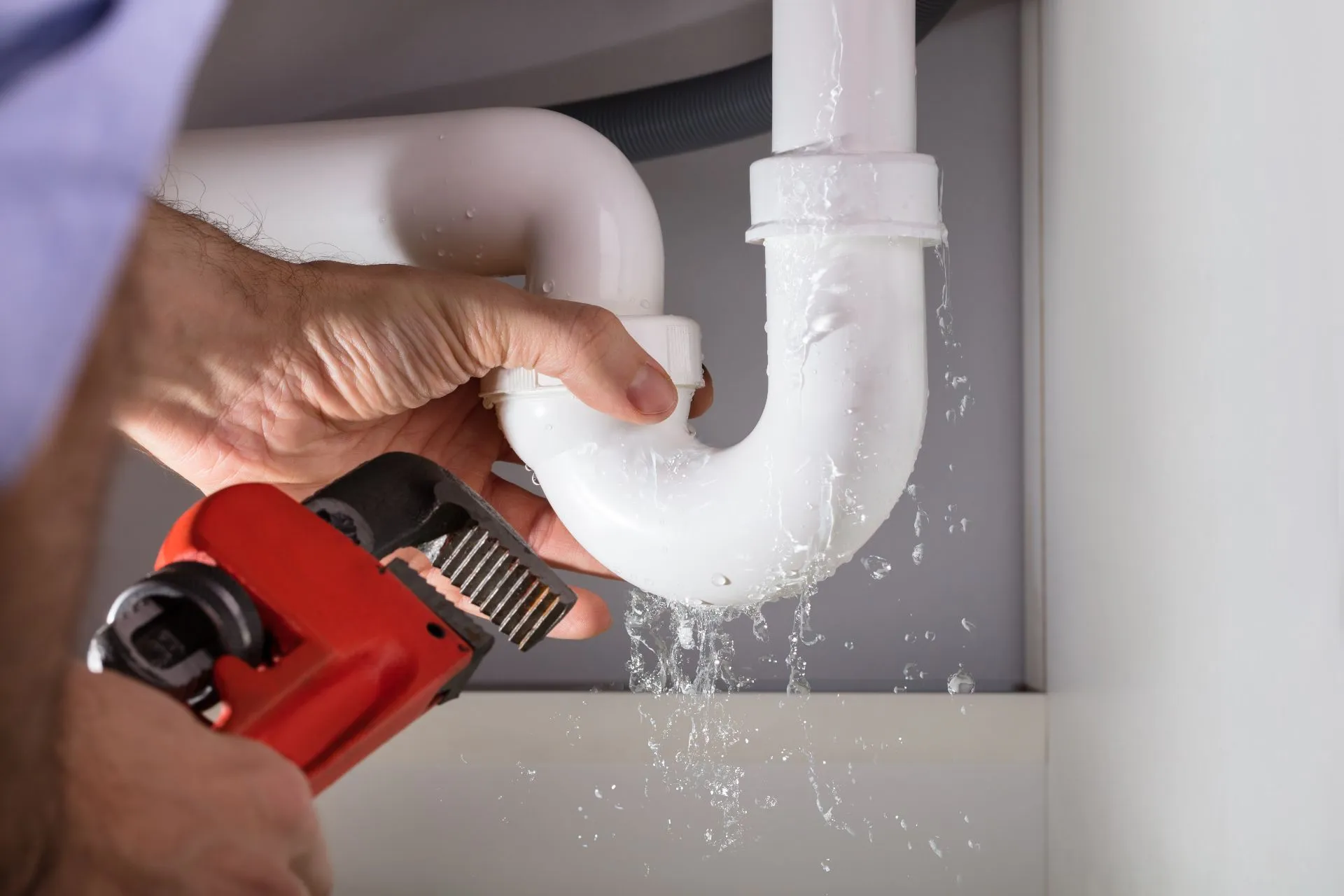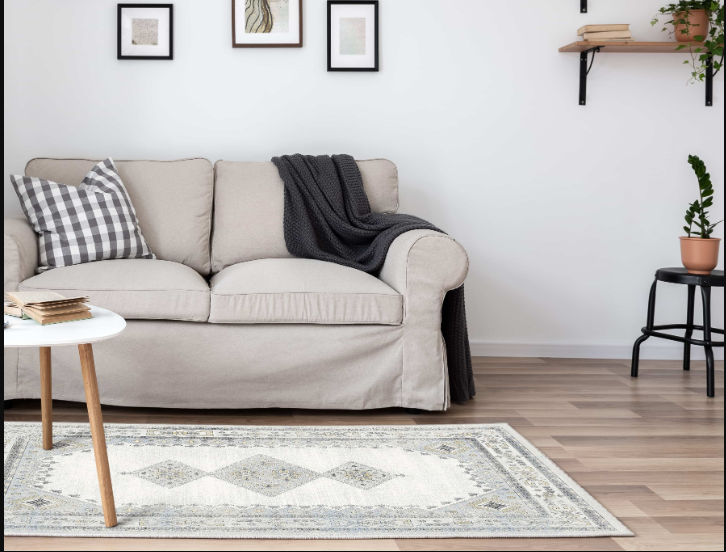Drain pipe relining is a drain repair method which involves the insertion of a pre-shaped drain pipe into the broken pipe.
Drain relining is a more modern technique that uses the latest technology, cameras and tools to fix the problem. Unlike traditional methods, this particular repair technique requires minimal excavation and disruption.
The pipe that is used in drain relining is typically reinforced with glass to provide strength and effectiveness. This method is beneficial for handling radial and circumferential cracks and leaky joints.
What are the benefits of Drain Relining?
The drain pipe relining has many benefits, some of them are:
- It is a highly cost-effective solution to repair damaged drains.
- Drain relining produces accurate and effective results in a very short amount of time.
- It requires minimal excavation and disruption and excavation to carry out repairs.
- Owing to their high quality, the drain lining is durable, highly resistant and strong.
- Increases the strength of the drain pipe and makes it more resistant to soil and water pressure.
How is Drain Relining Carried Out?
Although drain pipe relining offers a smart and relatively easy method to repair the damaged drain pipe. It requires a specialised procedure to do so. We have described the procedure in detail here:
Drain Inspection
The process of drain relining starts with inspecting the drain pipe to assess the magnitude and nature of the damage. However, drain relining does not require any excavation like traditional methods; rather, it uses the latest technology, CCTV cameras, to inspect and assess the condition of the drain and figure out the solution.
Clearing the Debris
Once the drain is inspected, it is cleaned of any debris or obstruction that may hamper the repair process. This may include roots, rubble any other organic and inorganic clogs. The obstructions are removed using robotic cutters, and the debris is cleared using a high-pressure water jet to ensure a firm bond between the walls of the drain pipe and lining.
Drain Re-Inspection
After the obstructions are cleared and the debris is removed from the drain. The CCTV camera is inserted one more time to make sure that the drain is cleaned properly and that there is no possible factor that can hamper the repair process.
Preparation of Lining
Once the inspection is completed, the type, size and technique of relining are decided based on the requirements of the situation. There are different types and sizes of pipe linings that can be used in different situations. Such as flexible liners for curved pipes and rigid liners for straight ones.
The Installation
Now is the time to get the pipe lining to its pre-determined position in the drain pipe. Here is how it is done:
- The resin is poured on the pipe lining, and it is rolled repeatedly to ensure the resin is properly distributed on the surface of the lining.
- After that, the lining is inserted into the pipe using cables up to the damaged part of the drain.
- The lining is shaped to the pipe walls using inflated airbags or water pressure to ensure a good and leakproof bond.
Curing of the Pipe Lining
Once the installation is complete, the curing begins. The curing of pipe lining means the hardening of the resin to ensure that the lining is firmly set and stays in place. This can be done by leaving the drain dry for some time for the lining to cure itself or using hot water to accelerate the curing process.
Final Inspection
Once the process is complete, the drain is inspected for one last time to ensure that the damage is repaired properly. This is done by conducting another CCTV drain survey to check the insides of the pipe and leak detection techniques to check if there are any leaks in the pipe.
Need Drain Relining services for your Home?
Drain leaks and blocks have a tendency to overwhelm you with their effects. That is why you will need to engage professional drain services to deal with this problem. Fast Drains provides the most efficient and reliable drain relining and drain unblocking service in Crawley.





